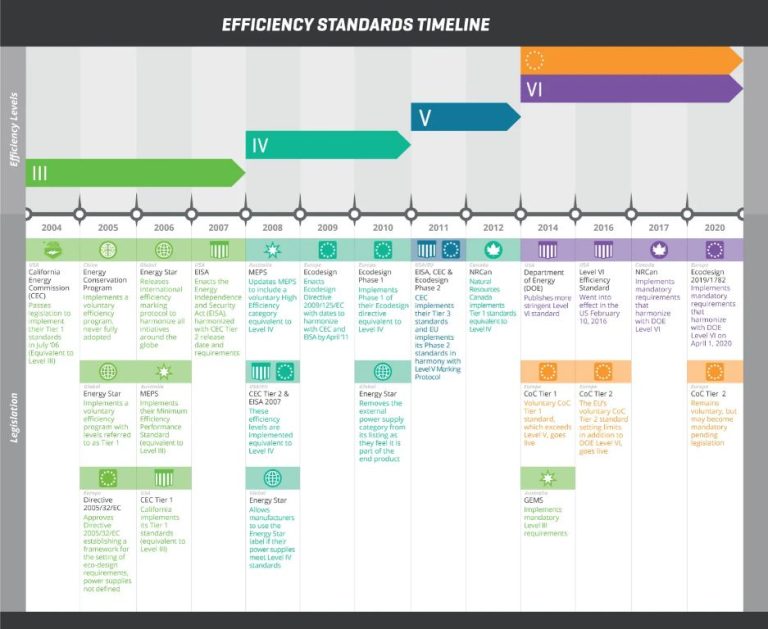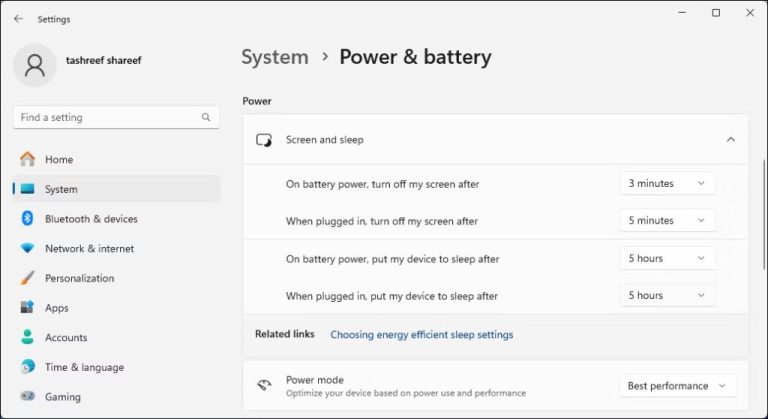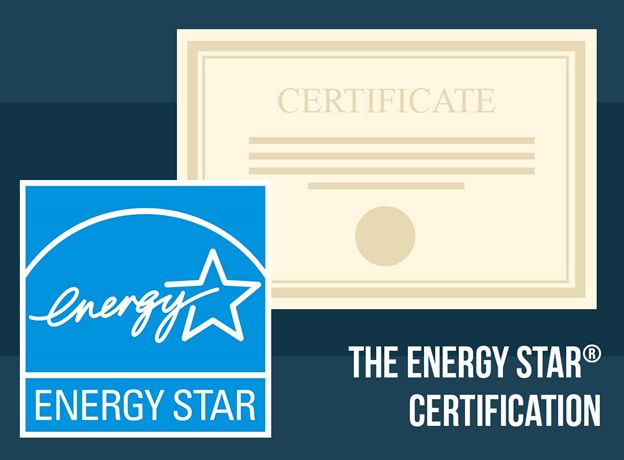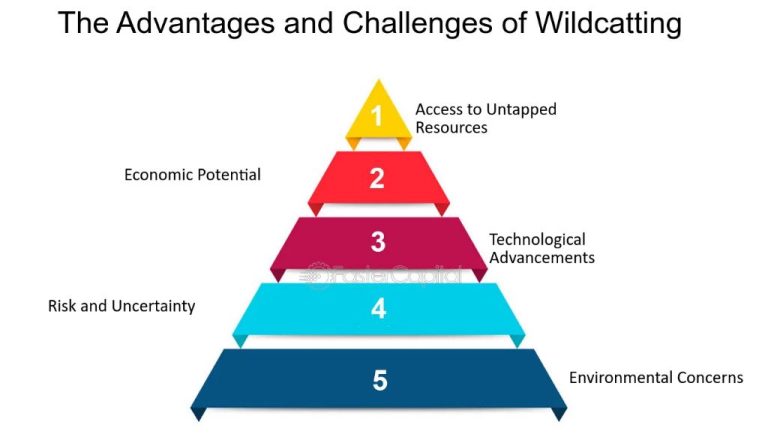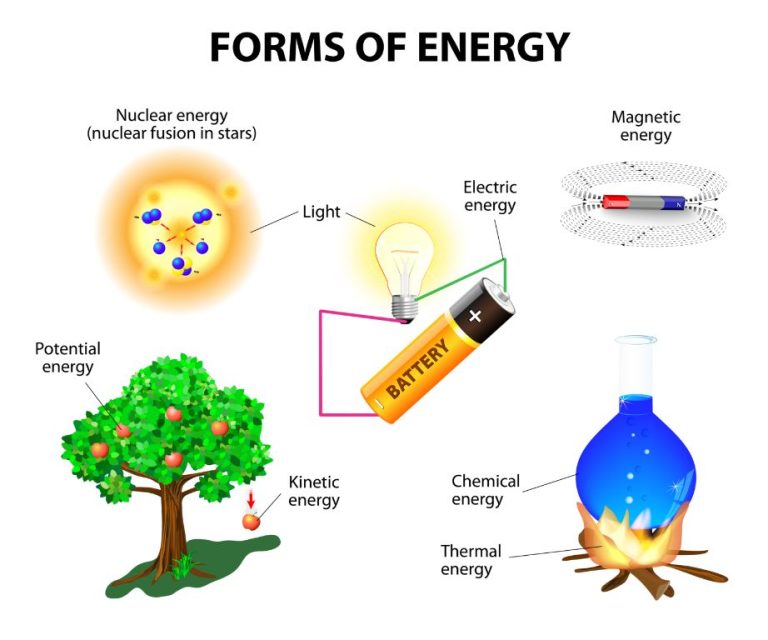Can Renewable Energy Be Stored In Batteries?
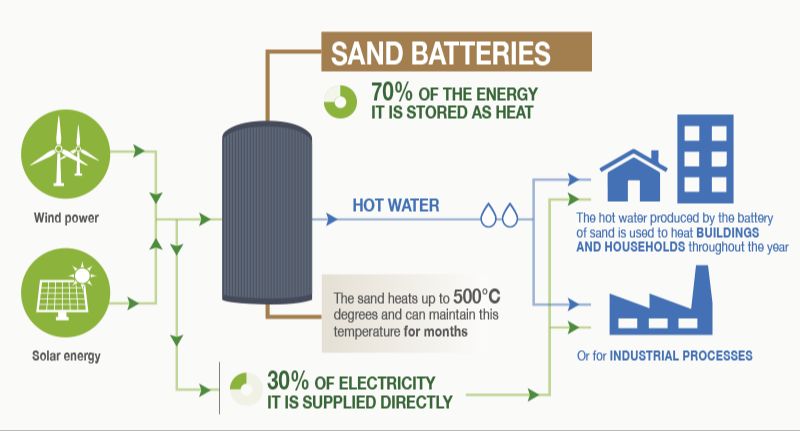
Renewable energy comes from natural sources that are constantly replenished, such as sunlight, wind, rain, tides, waves, and geothermal heat. Some of the most common renewable energy sources used today are solar, wind, hydropower, and biomass.
One of the main challenges of renewable energy is that it can be intermittent and variable. The sun doesn’t always shine, and the wind doesn’t always blow when electricity is needed. This is where energy storage becomes critically important. Energy storage allows renewable energy to be captured and used whenever required, providing reliability to renewable power generation.
Batteries are one promising technology for storing renewable energy. Battery storage offers grid operators and consumers a way to smooth out the variable nature of wind and solar generation, helping to match electricity supply with demand.
Types of Renewable Energy
There are several major types of renewable energy sources that are used to generate electricity:
- Solar – Solar panels convert sunlight into electricity. Solar energy can be used for residential, commercial, and utility-scale projects.
- Wind – Wind turbines harness the wind to spin large blades connected to a generator that produces electricity. Wind farms can have hundreds of individual wind turbines.
- Hydroelectric – Flowing water spins turbines connected to a generator to produce electricity. Reservoirs behind dams provide water pressure for hydropower plants.
- Geothermal – Geothermal energy taps heat from under the earth’s surface to heat buildings or spin turbines for electricity generation.
- Biomass – Organic matter like plants, wood, and waste are burned to generate steam and electricity. Biomass can also be converted into transportation fuels.
According to the U.S. Energy Information Administration, the main renewable energy sources used for electricity generation in the U.S. are hydropower, wind, solar, and biomass (EIA).
Challenges of Renewable Energy
While renewable energy sources like solar, wind, hydroelectric, and others have tremendous potential benefits, there are some key challenges that need to be overcome for them to be adopted on a wider scale. Three of the main challenges are intermittency, variability, and location dependence.
Intermittency refers to the fact that some renewable sources only produce energy under certain conditions. For example, solar panels do not generate electricity at night, and wind turbines do not produce power when there is no wind. This can make integrating large amounts of renewable energy difficult for electricity grids that need to match supply with demand at all times (Energy5).
Variability means that the energy output from renewable sources fluctuates based on changing weather and environmental conditions. Solar and wind generation can change significantly in real time, which makes balancing the electrical grid more complex. Forecasting tools and grid flexibility are needed to manage variability (Power and Beyond).
Location dependence means that renewable sources need to be sited in specific areas to harness natural resources. Wind and solar farms must be strategically placed in windy or sunny areas. Hydropower depends on accessibility to flowing water. This can limit how much renewable generation is feasible in a given region.
Benefits of Energy Storage
Energy storage provides several key benefits that help overcome the challenges of relying solely on renewable energy sources like wind and solar, which provide variable and intermittent power. Energy storage enables renewable energy to be captured and used at a later time to help smooth out the power supply. The Tomorrow outlines three main benefits:
First, energy storage allows excess renewable energy to be captured and stored for use when renewable generation is low. For example, excess solar energy during the afternoon can be stored in batteries and discharged in the evening when solar production drops off.
Second, energy storage smooths out the inherent variability in renewable energy generation. By charging when renewable output is high and discharging when it is low, a constant supply of electricity can be maintained.
Third, energy storage allows renewable assets like wind and solar farms to be optimized. By storing excess energy rather than curtailing generation, the assets can achieve higher utilization and efficiency.
Battery Storage Technology
Battery storage is crucial for enabling renewable energy sources like solar and wind to provide consistent and reliable power. Several battery technologies exist that allow energy to be stored and discharged when needed (source).
Lithium-ion batteries are one of the most promising options for renewable energy storage. They have high energy density, long cycle life, and low self-discharge. Major manufacturers like Tesla are producing lithium-ion batteries at grid scale to store energy from solar and wind farms (source).
Flow batteries like vanadium redox also hold great potential for renewable energy storage. They have virtually unlimited energy capacity and long lifespans. Flow batteries pump liquid electrolytes through a membrane to charge and discharge. This makes them easily scalable for large grid storage projects (source).
Sodium sulfur batteries operate at high temperatures (300°C) but provide high efficiency energy storage. They are used for grid balancing and renewable integration in some regions. Lead acid batteries are a mature, low cost battery option. While less efficient than lithium-ion, they can provide economical small scale residential storage (source).
Grid-Scale Battery Storage
Utility-scale battery storage facilities connected to the electric grid are becoming more common as the cost of lithium-ion batteries drops. These large battery installations can store huge amounts of energy from renewable sources like solar and wind to help stabilize the grid when supply fluctuates. According to China grid scale energy storage Manufacturers Suppliers, global investment in grid-scale battery storage reached $5 billion in 2020 and is projected to grow to over $15 billion by 2025.
One notable example is the Moss Landing battery facility in California, which provides 182.5 MW/730 MWh of storage capacity using lithium-ion batteries. This massive facility helps California integrate growing amounts of renewable energy and balance supply and demand on the grid. Another large project is the 409 MW/900 MWh Manatee Energy Storage Center in Florida, which utilizes lithium-ion batteries to store solar energy during the day and discharge it during peak evening hours.
These utility-scale storage projects demonstrate that batteries can effectively store renewable energy to provide grid services. However, there are still challenges around battery costs, lifespans, and safety that must be addressed for grid storage to scale up further.
Residential Battery Storage
One major area for battery storage growth is in homes and businesses with rooftop solar panels. Companies like Tesla offer the Powerwall home battery that can store excess solar energy generated during the day for use at night when solar isn’t generating electricity.
According to this article, residential battery storage provides several key benefits:
- Stores excess solar energy for use when solar isn’t available, such as at night
- Reduces reliance on the grid and lowers electricity bills
- Provides backup power during grid outages
- Allows households to optimize self-consumption of solar energy
- Helps stabilize the grid by reducing peak demand
As the costs of lithium-ion batteries continue to fall, home battery storage is becoming more financially viable for households with rooftop solar. This enables more self-reliance and resilience with renewable energy at the residential level.
Challenges of Battery Storage
While battery storage offers many benefits for renewable energy, there are still some key challenges that need to be addressed. Three major challenges are cost, lifespan, and environmental impact.
Cost is a significant barrier, as battery storage systems can be expensive to manufacture and install. According to one source, utility-scale lithium-ion battery prices have dropped nearly 90% in the last decade, but further reductions are still needed for widespread adoption (https://www.azonano.com/article.aspx?ArticleID=6513).
The lifespan of batteries is another issue. Most lithium-ion batteries last 5-15 years before needing replacement. This lifespan is not ideal for the 20+ year life of a typical solar installation. Improving battery chemistry and materials can help extend useful life (https://www.mkbattery.com/blog/challenges-solar-energy-storage).
There are also environmental concerns around battery disposal and recycling. Lithium-ion batteries contain toxic materials that require proper handling. Developing effective recycling programs and safer battery chemistries can help mitigate environmental impacts.
Future of Renewable Energy Storage
As renewable energy generation grows rapidly, energy storage technology must keep pace. Lithium-ion batteries have dominated the storage market, but continued research aims to improve their performance and lower costs. Emerging battery chemistries like flow batteries and solid-state batteries may offer longer lifetimes, faster charging, and safer operation. Government policy can spur storage development by funding R&D, providing tax credits, and adjusting electricity market rules to reward storage.
Most projections estimate exponential growth for energy storage over the next decade. According to ICL Group, the market for utility-scale and residential storage batteries could expand over 60 times by 2030. Falling battery prices will enable wider adoption. Theconsulting firm McKinsey predicts renewable energy plus storage will become the default choice for new power generation globally within 10-15 years.
To fully decarbonize electricity, grid operators must balance variable renewable resources with flexible storage and demand response. Advancements in battery technology and supportive policies will help drive this transition.
Conclusion
In summary, storing renewable energy is crucial for transitioning to a clean energy future. Renewable sources like solar and wind are intermittent, producing energy when the sun is shining or wind is blowing. Batteries and other storage technologies allow renewable energy to be captured and used on demand. As battery technology continues to advance and costs decline, energy storage paired with renewables will transform how we produce and consume electricity.
Batteries are a promising solution for renewable energy storage with many benefits. Battery storage allows renewable energy to be dispatched to match demand. It also helps stabilize the grid by storing excess renewable electricity when supply exceeds demand. At a residential level, home batteries can store solar energy during the day for use at night. Grid-scale batteries are increasingly being added to the electric grid to balance variable renewables.
While batteries currently face challenges like high costs and limited lifespans, rapid technology improvements are helping to overcome these. With continued declines in battery prices and advancements in performance, renewable energy storage with batteries will play a fundamental role in transitioning away from fossil fuels. Widespread energy storage will make renewable energy more viable, reliable, and cost-effective across our homes, businesses, and electric grids.

